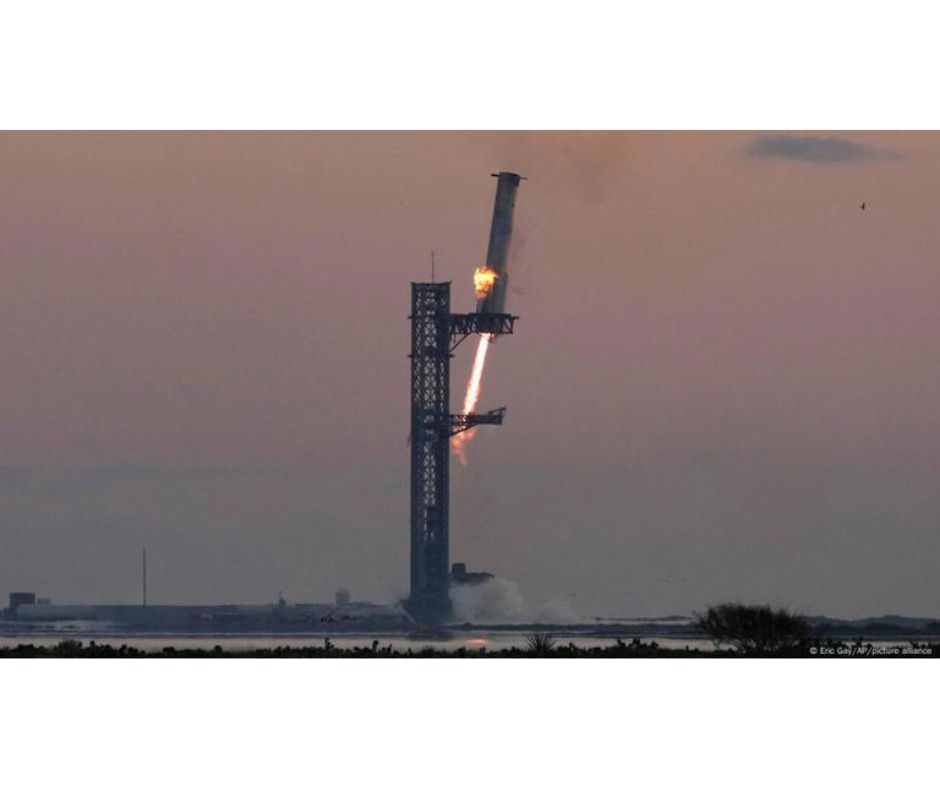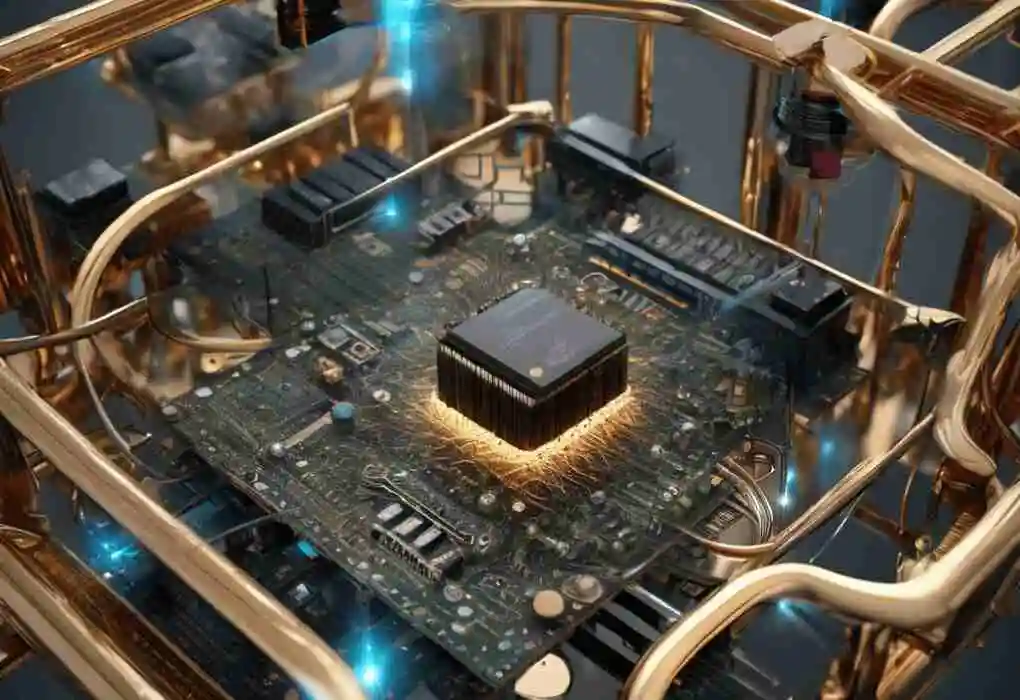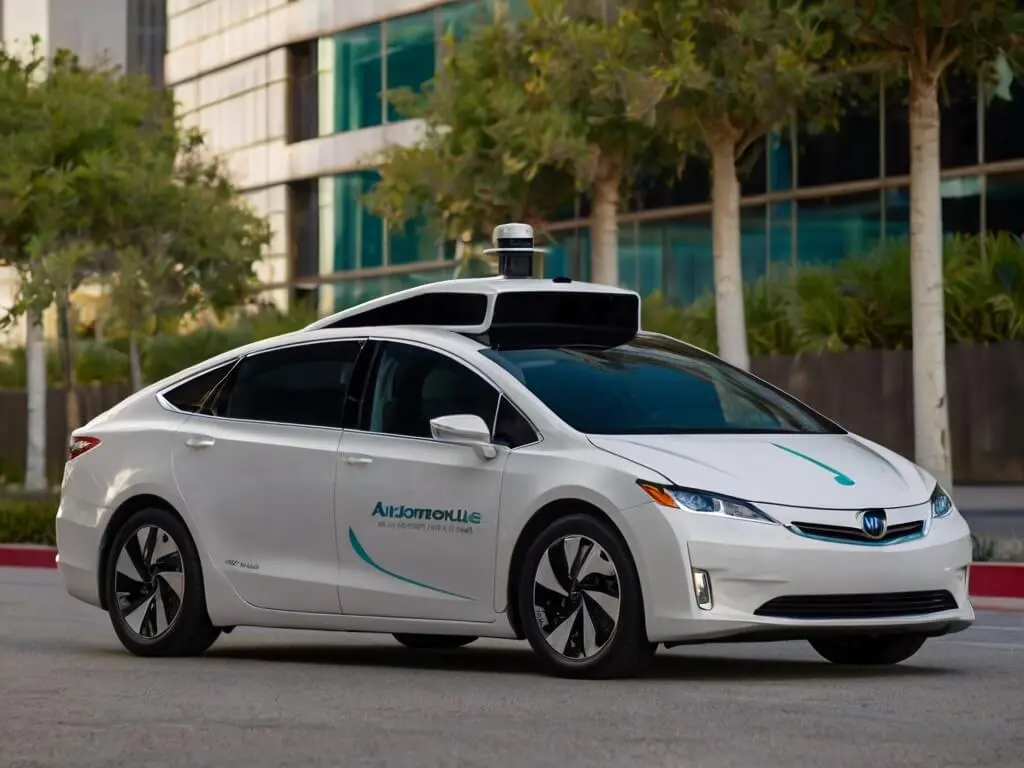In the most significant SpaceX flight, the company used enormous metal claws to grasp the returning rocket booster after the Starship launch. SpaceX’s mastermind, Elon Musk said it was a giant leap “toward the goal of making humanity an interplanetary species.”
SpaceX nailed it in the fifth Starship test flight on Sunday bringing back the towering first stage booster which hovered back to the launching pad to be captured by metal arms.
It represents a new engineering milestone along the SpaceX’s mission to create a single hop moon and Mars vehicle.
The Starship, which is 395 feet (120 meters) tall when empty, began the flight at sunrise on the southern edge of Texas, soaring in the direction of the Gulf of Mexico.
During the launch on Sunday, all the risks are even higher than during the previous four tests. The company utilised two mechanical arms, known as chopsticks, to steer the 232-feet (71-meters) booster into a landing at the pad.
They both shouted in unison “The tower has caught the rocket!!” The Chief Executive Officer of SpaceX and Tesla, Elon Musk, took to X, which used to be known as Twitter, to post. A phrase the The New York Times used while reviewing a film and keeping to the crux of the science fiction genre when describing it.
He later posted: “Today a big step was made toward making life multiplanetary.”
“Splashdown confirmed!” By the time of writing, only the official X account for SpaceX posted. “Well done SpaceX team on a fifth flight test of Starship.”
“It’s only 21st century, still what we just witnessed is a form of wizardry,” noted SpaceX’s Dan Huot, who was hovering around the launch pad. “I am shaking right now.”
As for SpaceX comments, Kate Tice from California said, “Hey, folks, this is a day for the engineering history books.”
The novel catch-landing strategy is part of a test-to-failure development program of SpaceX, the next fully reusable rocket designed to deliver more contents to orbit, manned missions to the moon for NASA, and the Mariana.
FAA and Space X tensions
The United States Federal Aviation Administration (FAA) on Saturday approved SpaceX’s launch license for the Starship test. FAA clearance came after Charter of the aviation space exploration corporation engaged its regulator in a public sparring for weeks over the rate of consents to launch and financial consequences in relation to the firm’s workhorse rocket, Falcon 9.
Exploding several times in tests different phases since Musk introduced the concept in 2017, Starship for the first time completed a full flight in June.
The new architecture, two-stage Super Heavy booster, launched near the Mexican border in Texas and dispatched the second stage, known as Starship, on a near-orbit trajectory toward the Indian Ocean about 90 minutes later, succeeding a spectacular hypersonic re-entry.






